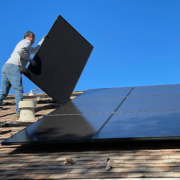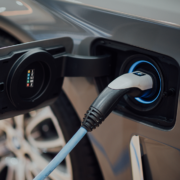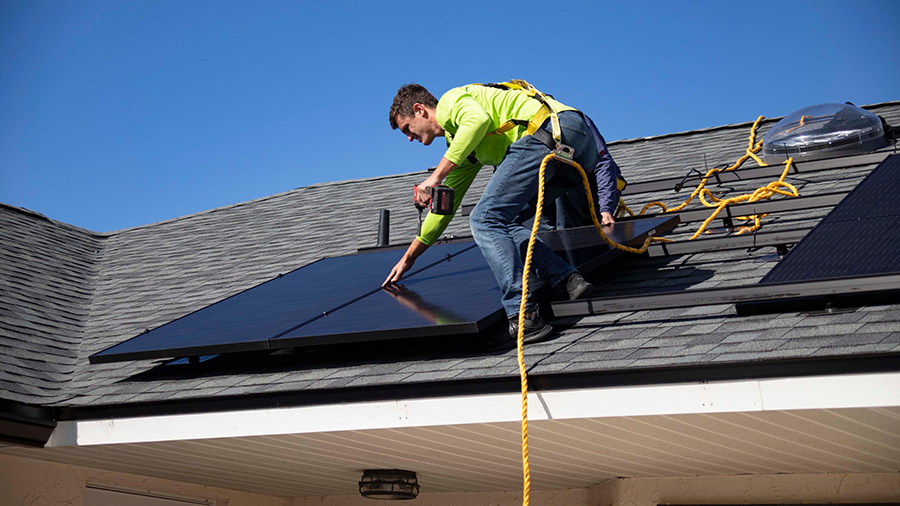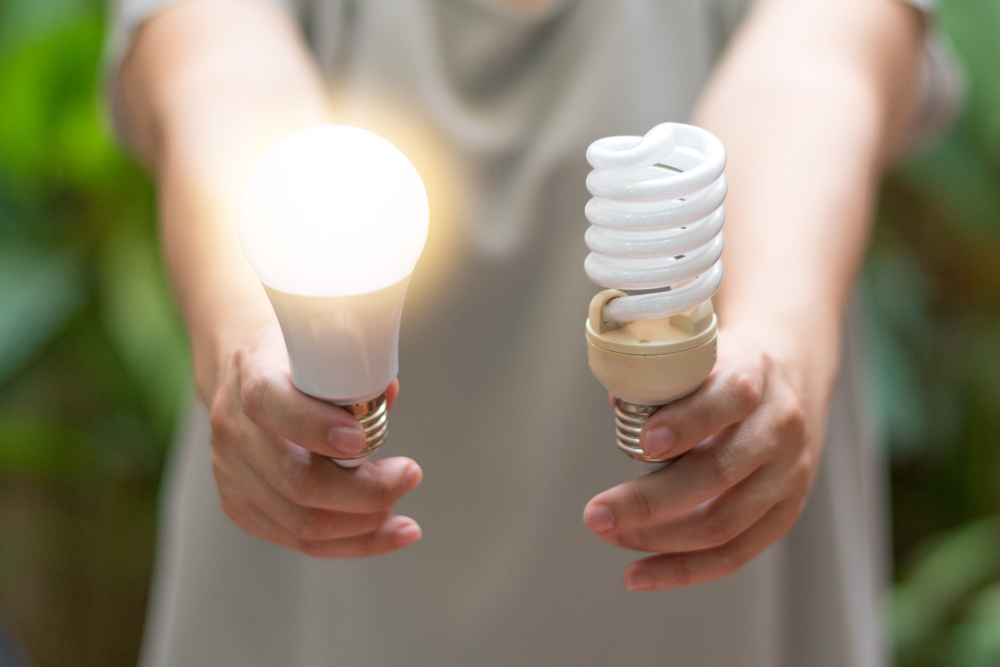Can You Install Solar Panels on Tile Roofs? A Comprehensive Guide
With the growing emphasis on renewable energy sources and the increasing popularity of solar power, many homeowners are exploring the idea of installing solar panels on their roofs. However, for those with tile roofs, the question arises: Can solar panels be installed on tile roofs? The short answer is yes, but there are important considerations and steps to take to ensure a successful installation. In this guide, we’ll delve into the details of installing solar panels on tile roofs, addressing the benefits, challenges, and best practices.
Benefits of Installing Solar Panels on Tile Roofs

- Energy Savings: Solar panels harness the power of the sun to generate electricity, which can significantly reduce your energy bills over time. By producing your own clean energy, you become less reliant on the grid.
- Environmental Impact: Solar energy is renewable and clean, producing no greenhouse gas emissions or air pollutants. By using solar panels, you contribute to reducing your carbon footprint and helping combat climate change.
- Increased Property Value: Homes with solar panels are often valued higher in the real estate market.
- Buyers appreciate the potential for lower energy bills and the environmentally friendly features of solar-powered homes.
- Low Maintenance: Solar panels generally require minimal maintenance, and most reputable installers offer warranties that cover any potential issues.
Challenges of Installing Solar Panels on Tile Roofs
- Fragility of Tiles: Tile roofs can be more fragile than other roofing materials, such as asphalt shingles. Care must be taken during the installation process to avoid damaging the tiles.
- Weight Considerations: Tiles add weight to the roof structure. Before installing solar panels, it’s essential to ensure that the roof can support the additional load. A structural assessment may be necessary.
- Mounting Methods: Different types of tile roofs require specific mounting methods to avoid leaks and damage. The choice of mounting system depends on the type of tiles you have (clay, concrete, etc.).
- Aesthetics: Some homeowners worry that solar panels might detract from the aesthetics of their tile roofs. However, modern solar panel designs are more visually appealing and can complement various architectural styles.
Best Practices for Installing Solar Panels on Tile Roofs
- Professional Assessment: Before proceeding, consult with a reputable solar panel installer or roofing contractor. They can assess the structural integrity of your roof and recommend the best installation approach.
- Choose the Right Mounting System: There are different types of mounting systems, such as hook-mounted or rail-mounted. Your choice will depend on your tile type and roof structure.
- Tile Removal vs. Non-Penetrating Systems: Some installations require removing tiles and attaching mounts directly to the roof deck, while others use non-penetrating systems that rest on top of the tiles. Each method has its pros and cons, so discuss with your installer.
- Waterproofing and Sealing: Proper waterproofing and sealing are crucial to prevent leaks and damage to your roof. Working with professionals ensures that the installation is watertight and secure.
- Wiring and Electrical Work: The electrical wiring from the solar panels needs to be routed properly and integrated into your home’s electrical system. This step requires expertise to ensure safety and functionality.
Installing solar panels on tile roofs is not only possible but also beneficial for homeowners looking to reduce energy costs and minimize their environmental impact. With the right precautions, professional assistance, and proper installation techniques, you can enjoy the advantages of solar energy without compromising the integrity of your tile roof. When considering solar panel installation, remember to consult with experts, choose the right mounting system, and prioritize the safety and longevity of your roof and solar investment.






